Speak to one of our experts now about this offer
Call our Africa experts on0800 294 9706
Available until open until 8pm
Mozambique Holidays
If you dream of wild beaches and gin-blue sea, Mozambique offers that rare type of paradise.
Your starting point is the cosmopolitan capital city of Maputo. While its rich colonial architecture and spice markets might be tempting, a speedboat ride south takes you to the beautiful untouched coastline of the Machangulo Peninsula where thick dune forests meet rambling gold-sand beaches. It’s virtually impossible to access by road. With no neighbours in sight, aside from a local fishing village, it’s all too easy to slip into laidback life with little to do but roll out onto the beach and stroll for miles lapping up the ebbing waves. Much of the peninsula is part of the Machangulo Reserve encompassing winding emerald waterways, peaceful lagoons and mangroves which you can explore by kayak or paddleboard. Further offshore dolphins and humpback whales breach the tumbling waves of the Indian Ocean while below the surface you can snorkel around barely visited coral beds alive with shoals of exotic fish.
In the Bazaruto Archipelago, you almost have to shield your eyes from the shimmering turquoise water and icing-sugar white sand. Sandbar swirls mix into the Indian Ocean like creamy gelato providing good castaway spots for seafood beach picnics. Toes nudging the glistening shallows, you can reminisce about the 16th-century Portuguese ships, trawling the horizon. If you can tear yourself from the beach, the sea holds top-notch diving territory frequented by hawksbill turtles, manta rays and occasionally the rare dugong bobbing along the seabed. On land, enormous dunes rear out of the sand, which you ascend on horseback for dreamy ocean views before wading through the azure water to cool off.
From rustic lodges to swanky resorts, Mozambiques beach retreats offer some variety. It’s worth speaking to our team who can help you decide how and where to stay in this unblemished paradise.
Mozambique Hotels
Our recommendations for the best places to stay in Mozambique
Holidays in Mozambique
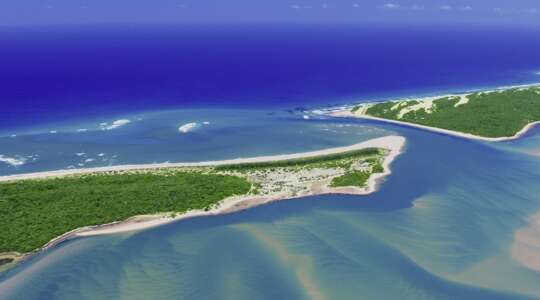
- Mozambique
- 4 Star
With just nine villas in a stunning natural setting, at Machangulo you’ll feel like you’ve been let in on a best-kept secret.

- Mozambique
- 5 Star
This remote retreat sits on miles of pristine white sands within the Bazaruto National Marine Park.
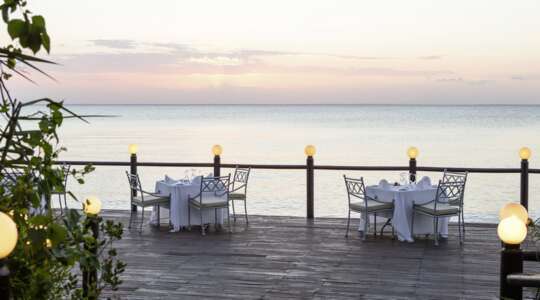
- Mozambique
- 5 Star
A resort-style island escape in Mozambique’s jewel-like Bazaruto Archipelago.
You may also like
Snorkel Indian Ocean reefs from Machangulo Beach Lodge
Machangulo Beach Lodge is surrounded by pristine beaches, turquoise channels and bays and beautiful offshore islands such as Inhaca Island, which is known for its snorkelling and there’s good humpback whale-watching opportunities between June and September.
From the lodge you can see Inhaca Island, which is known for its snorkelling and village. To reach the village it’s a 25-minute boat ride from to the jetty. The lodge will call ahead to the Inhaca Lighthouse to arrange for you to climb to the top for amazing views over the Machangulo peninsula. You can sometimes see whales from the top and there’s good humpback whale-watching opportunities between June and September.
There are plenty of shops, a small market and lunch in the village at Lucas’s offers a seafood platter with juicy crayfish, prawns and calamari, or the local piri-piri chicken. There’s time for a little bit of shopping and a visit to the marine-biology research station and its small museum which has some amazing specimens.
If you like snorkelling, the island’s main appeal is the marine reserve and the colourful reefs off the west coast. You can access the reserve from the beach, where you’ll see plenty of fish, including many types of angelfish. For coral, you’ll head out into the blue where you can jump into the warm Indian Ocean from the boat.
Whether you are heading to Mozambique for some post South African safari beach relaxation or you wish to know the best dive spots, let us guide you through the practicalities.
GMT+2
Metical
13 hours via South Africa
Christianity and Islam
Portuguese and English
Getting Around
Most travellers get around the main towns in taxis, but be sure to negotiate the fare beforehand and don’t always expect western standards. Chapas, or minibuses, are the main transport method for most locals, but these get busy and can be a little treacherous.
There are bigger, more comfortable buses that connect the major towns and are run by private companies. Be prepared for hairy roads, however. Rail connections link the country to Malawi, South Africa and Zimbabwe. There’s also a twice-weekly, 11-hour train from Nampula to Cuamba that takes in the picturesque landscapes of the north along the way. Book at the station the day before you travel and opt for first or second class for the comfiest experience.
Domestic flights are also available with national carrier LAM Mozambique Airlines. These connect Maputo with Beira, Chimoio, Lichinga, Nampula, Pemba, Tet and eight other destinations across the country.
If you want to go it alone, hire cars are available in Maputo, Vilankulo, Beira, Nampula, Tete and Pemba and can also be arranged from most good hotels. It’s worth noting a lot of the roads aren’t paved and petrol can be hard to come by away from the main routes, but diesel is more readily available.
Read moreFood & Drink
Mozambique cuisine is heavily influenced by its history as a Portuguese colony. Look out for the likes of piri-piri, galinha asada – chicken cooked on an open fire – and feijoada, a hearty stew with beans, beef, chorizo and sometimes pigs’ trotters. You’ll also find plenty of Arab and Asian influences, thanks to its centuries-old status as a key centre for trade. Expect coconut curries, peanut stews and ingredients such as bay leaves, garlic, coriander and chilli peppers. The coast meanwhile serves up some excellent seafood.
More traditional staples include corn porridge, millet and matapa, a local stew made from cassava leaves. Roadside stalls selling steak sandwiches, fried chicken and rice dishes are also common, alongside coffee and chá, or tea. This is often served with malasadas (fried, doughnut-like balls) and fresh papaya, pineapple and other fruit. In terms of drinking, the Portuguese influence extends into wine, with reds especially popular. You’ll also find plenty of local, maize-based beers, served in a big communal pot on special occasions.
Read moreShopping
Wood carvings, pottery, paintings, batik (dyed fabrics with intricate designs), leather goods and silver jewellery are among the key finds to look out for in Mozambique. You’ll also find the country’s signature colourful sarongs, or capulanas, sold at almost every market.
Head to Maputo, Pemba or Nampula for woodwork, and try Ibo Island in the Quirimbas Archipelago for some of the country’s best silverwork. Cabo Delgado in the north is known for its patterned woven mats, while the Inhambane province in the south is famous for its baskets, made by local Tonga artisans.
If you’re in Maputo, the Mercado Municipal is worth a visit with paintings, jewellery and other souvenirs sold alongside live poultry and other produce. The Parque dos Continuadores FEIMA meanwhile specialises in all things art with traditional paintings, ceramics, wooden masks and more available. Be prepared to haggle, however, as vendors often inflate the prices for tourists.
Read more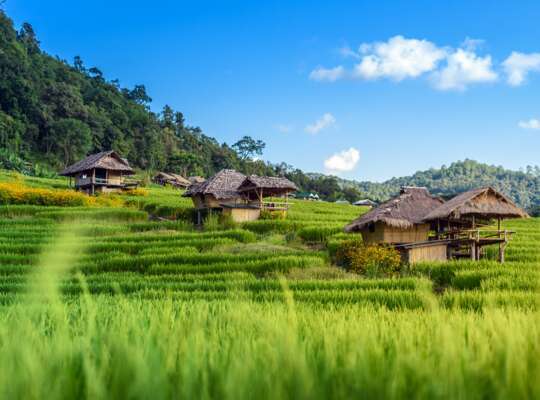
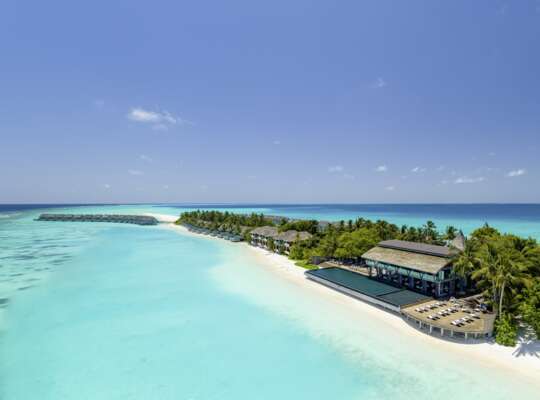
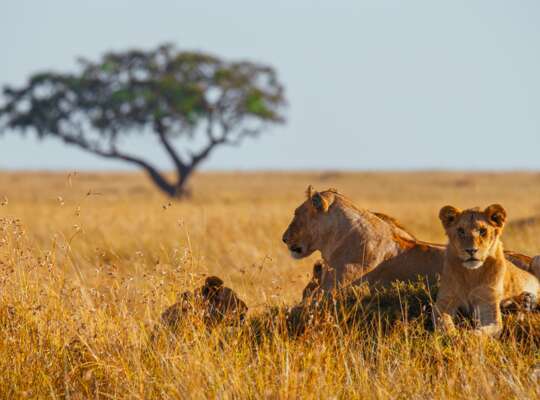
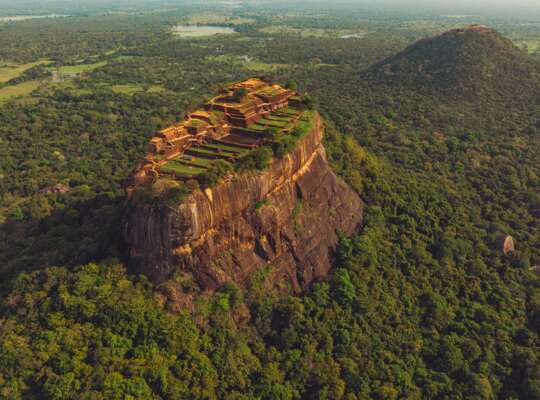
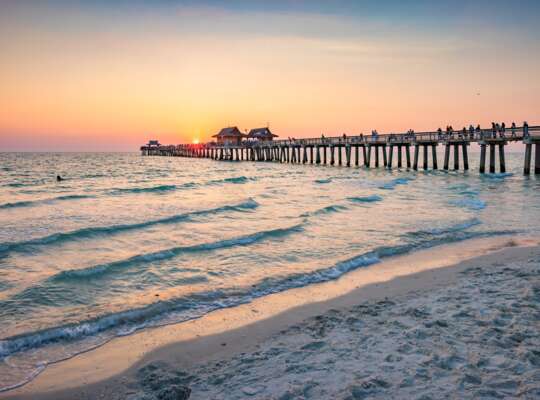
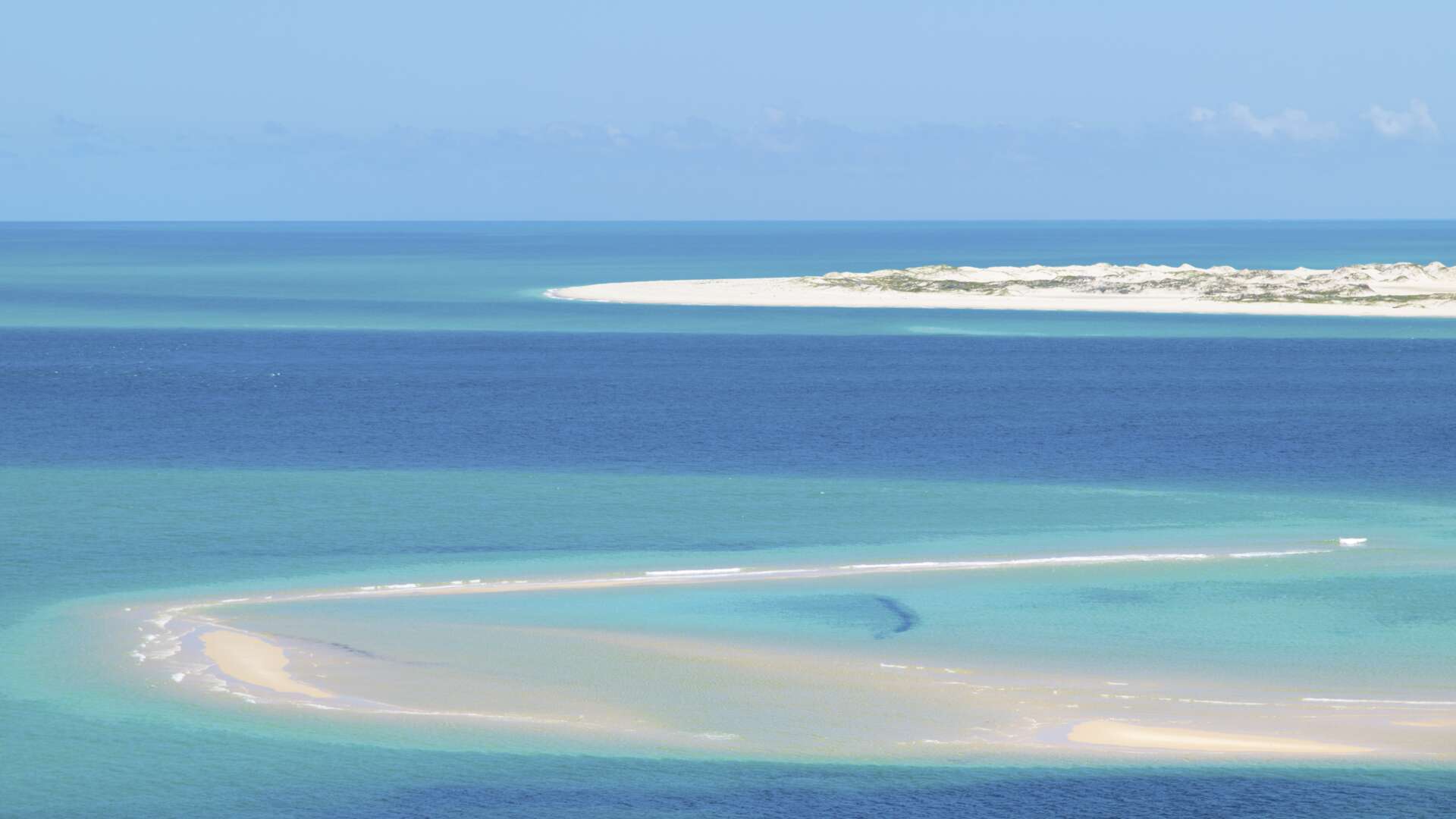
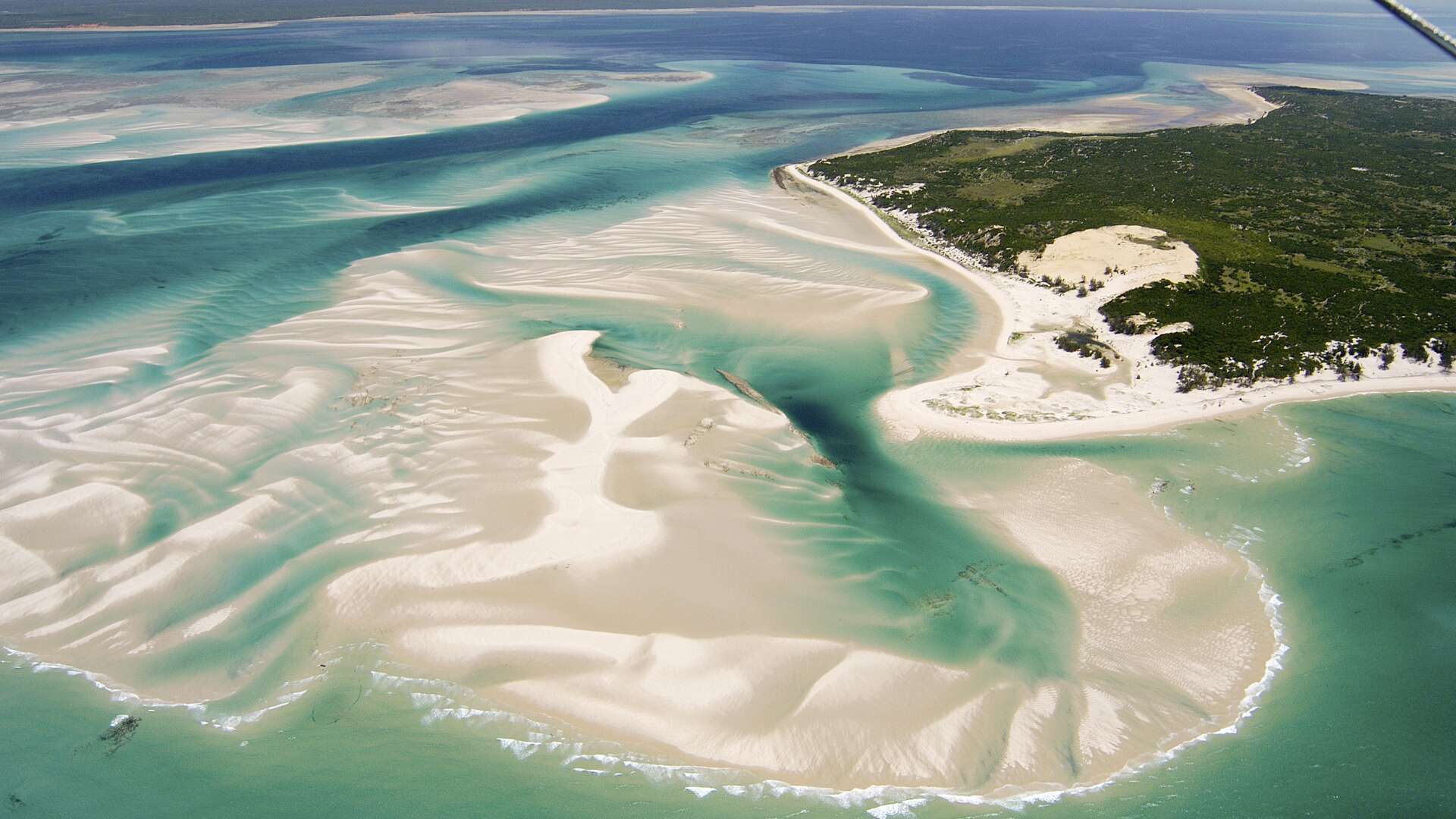
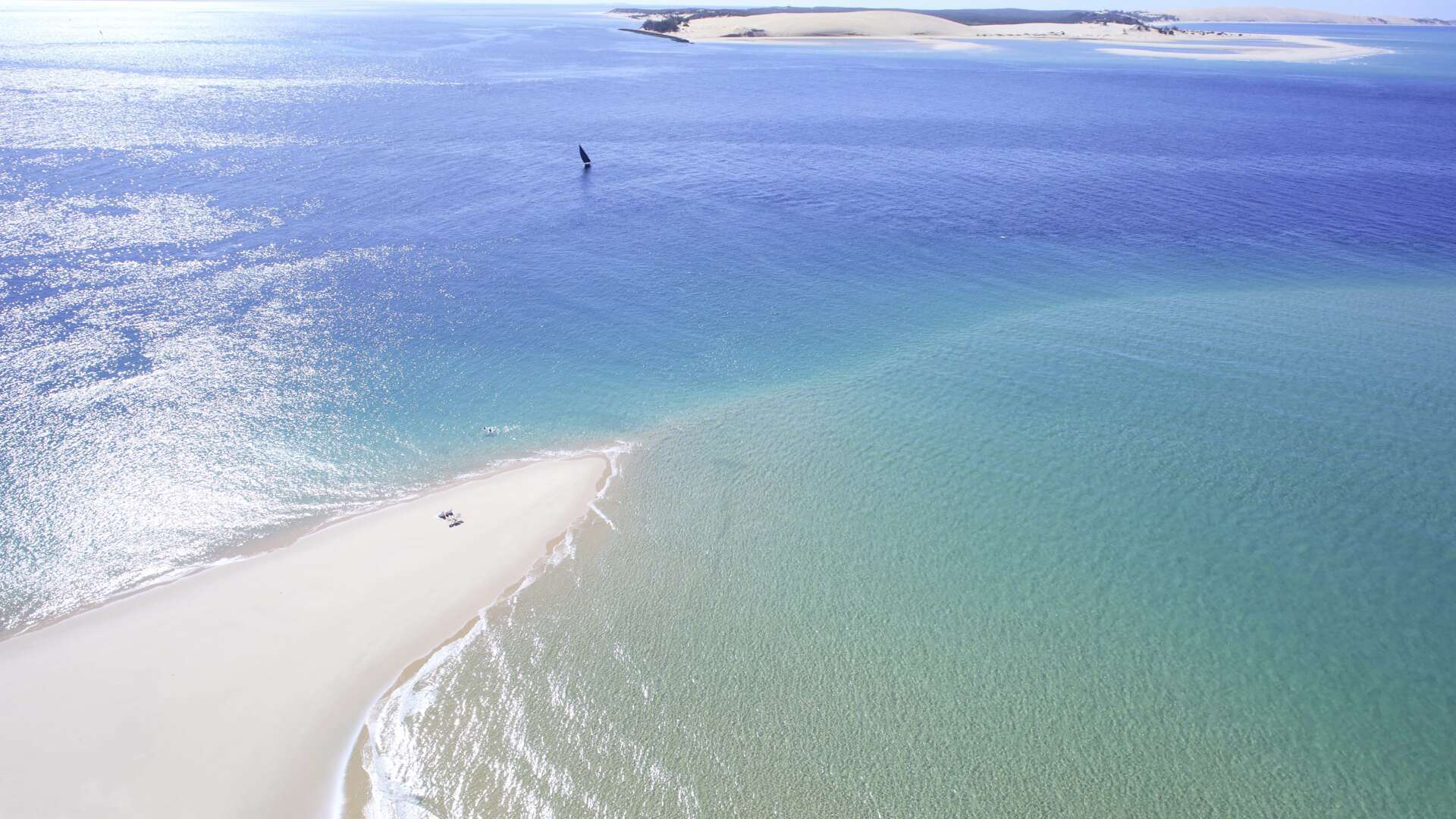
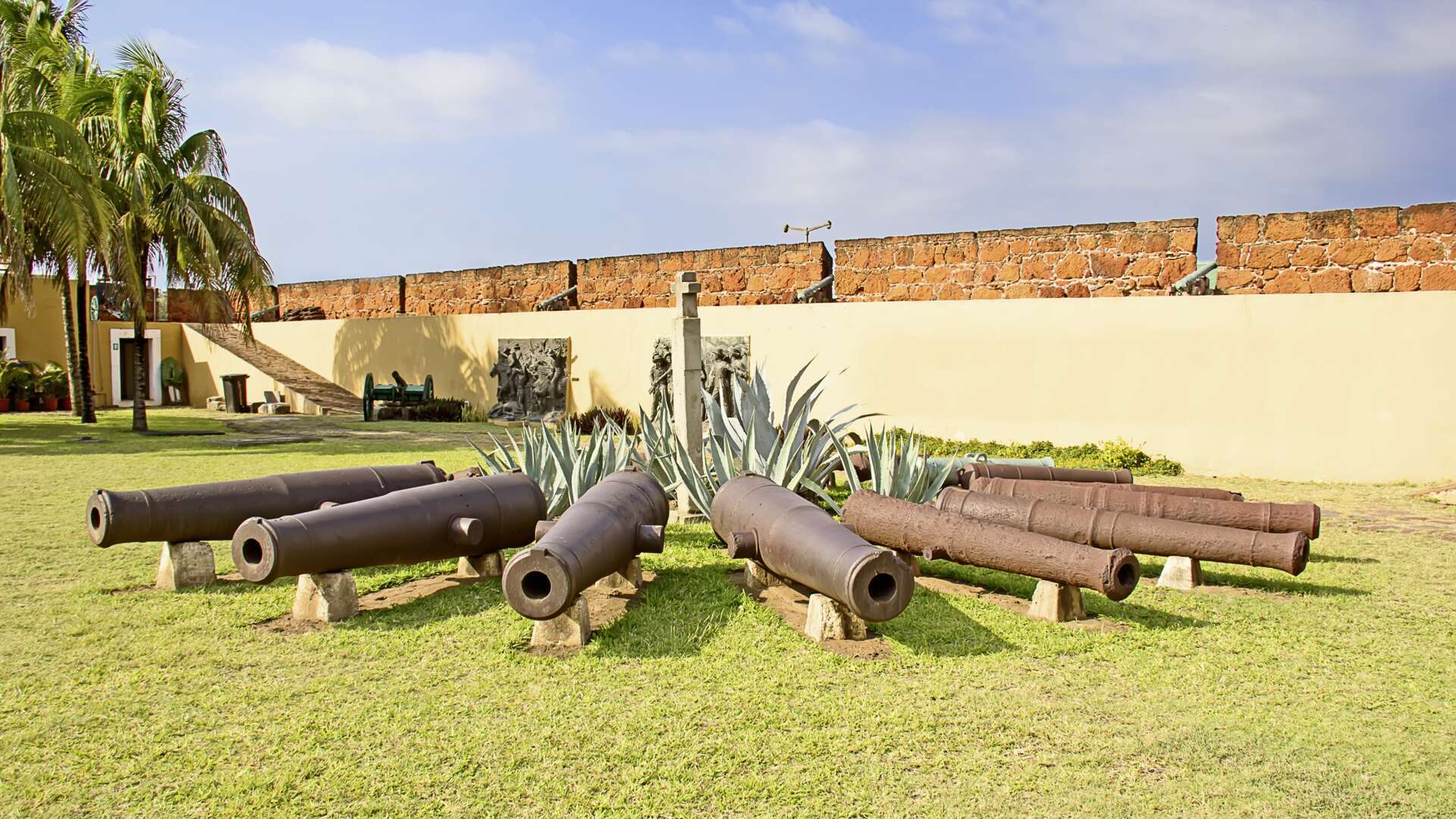
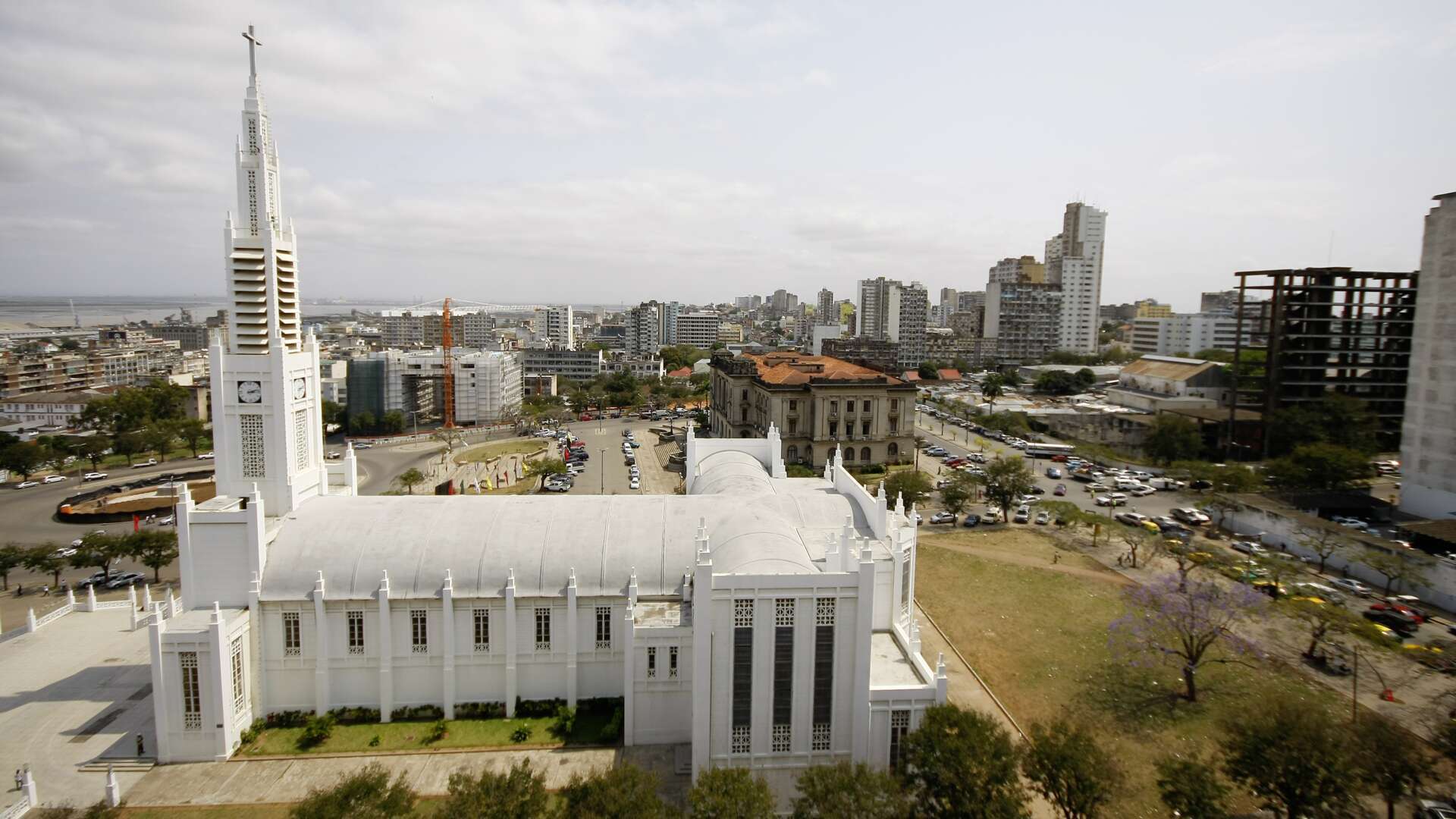

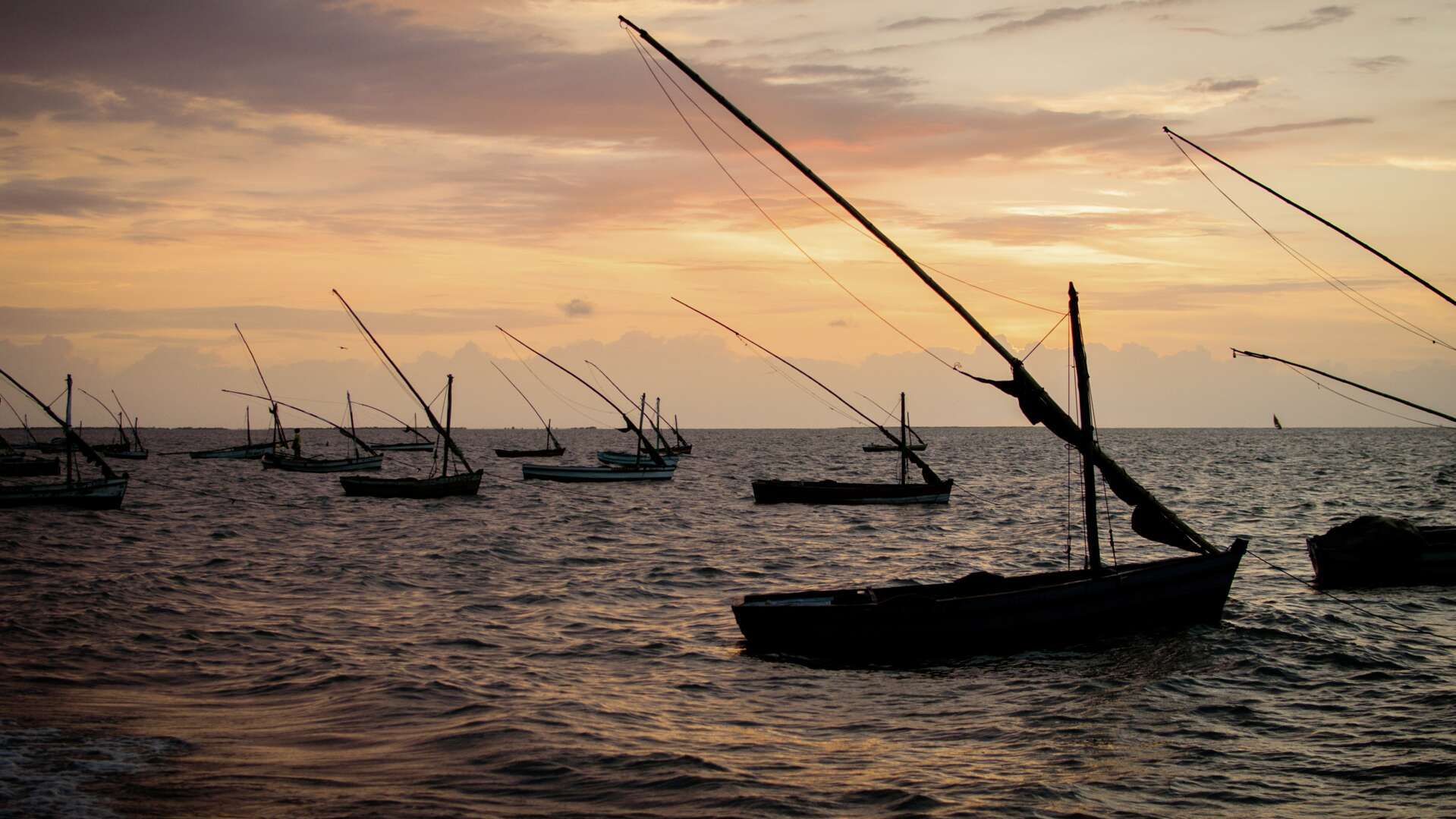
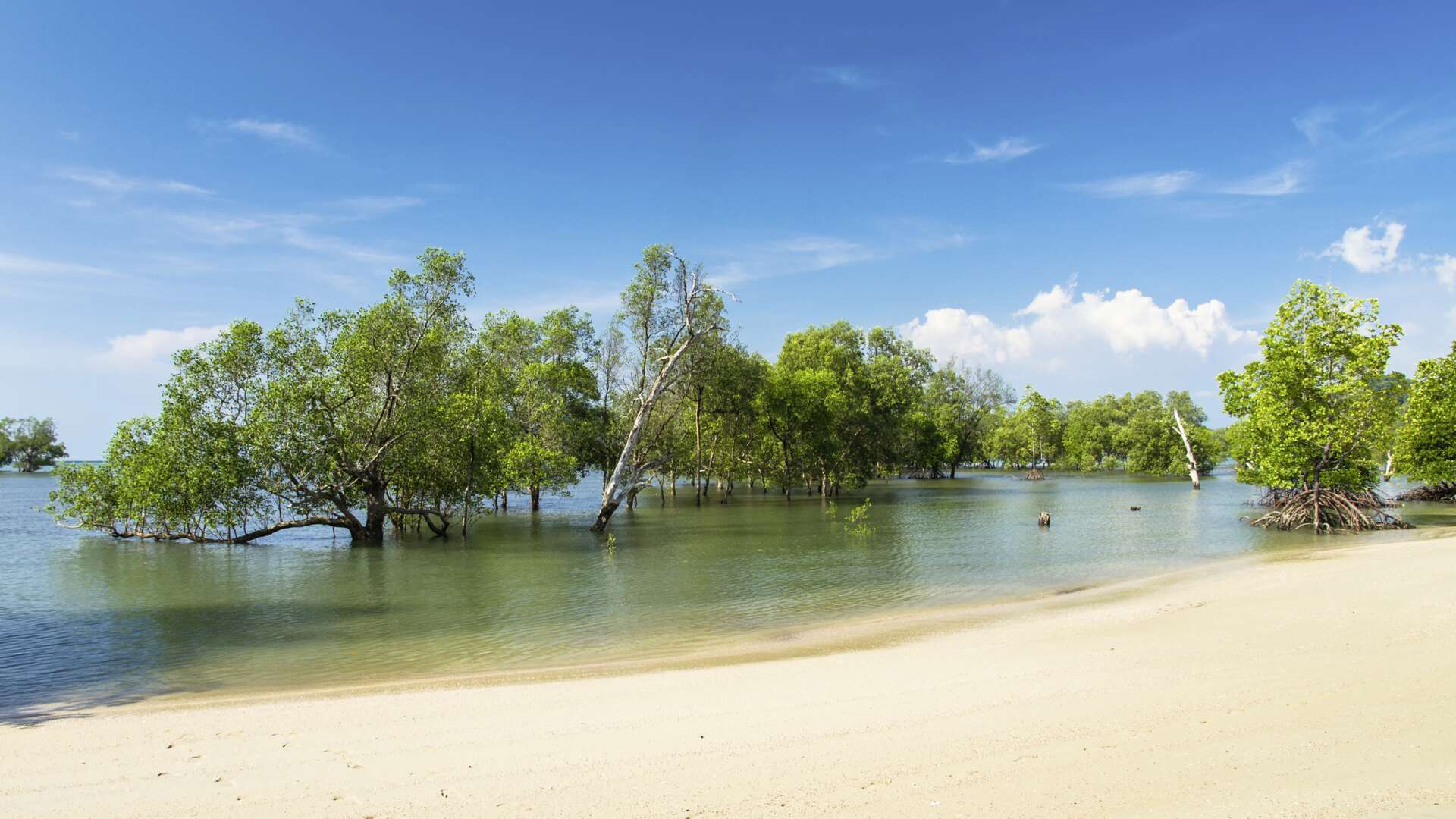
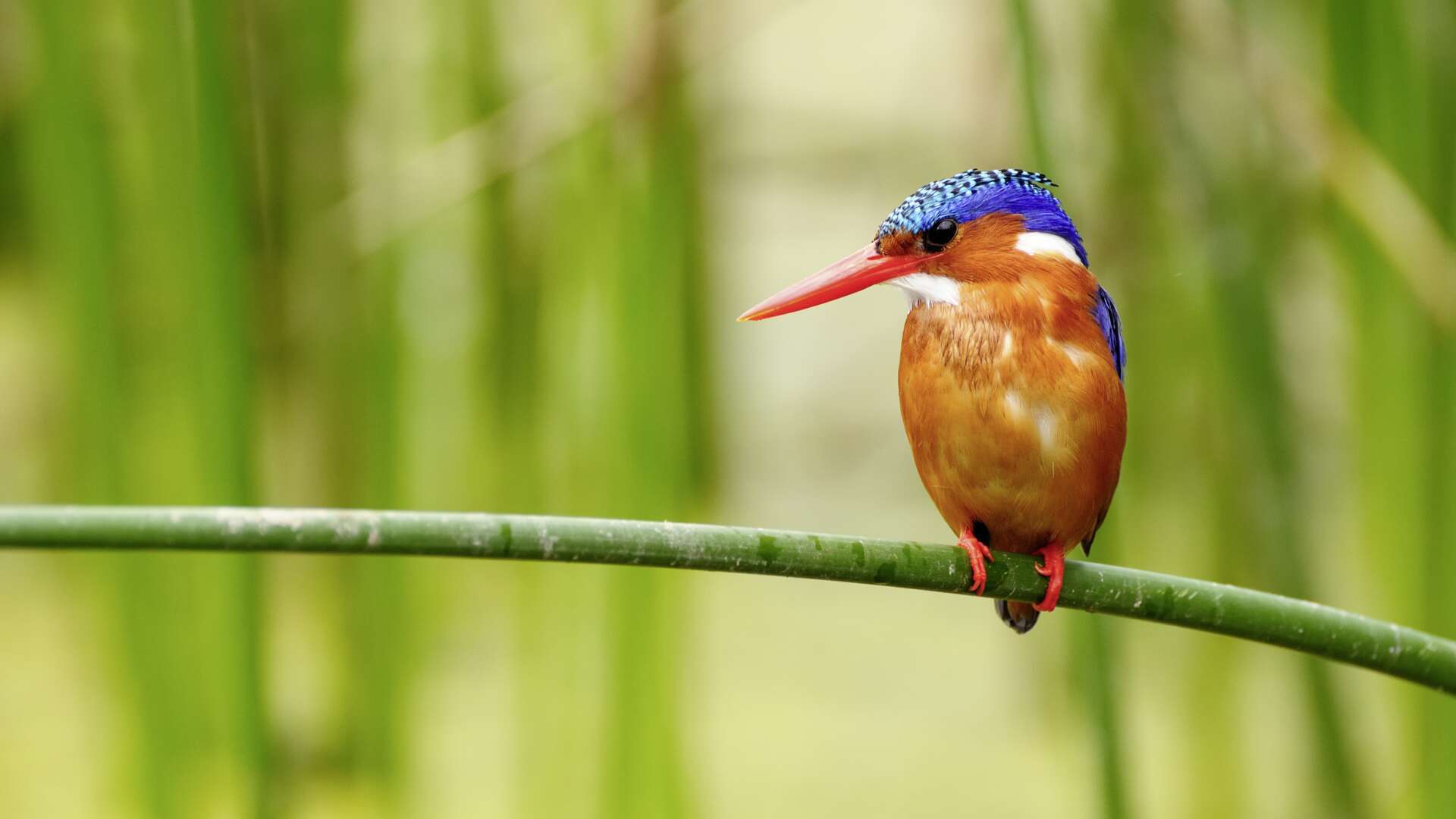
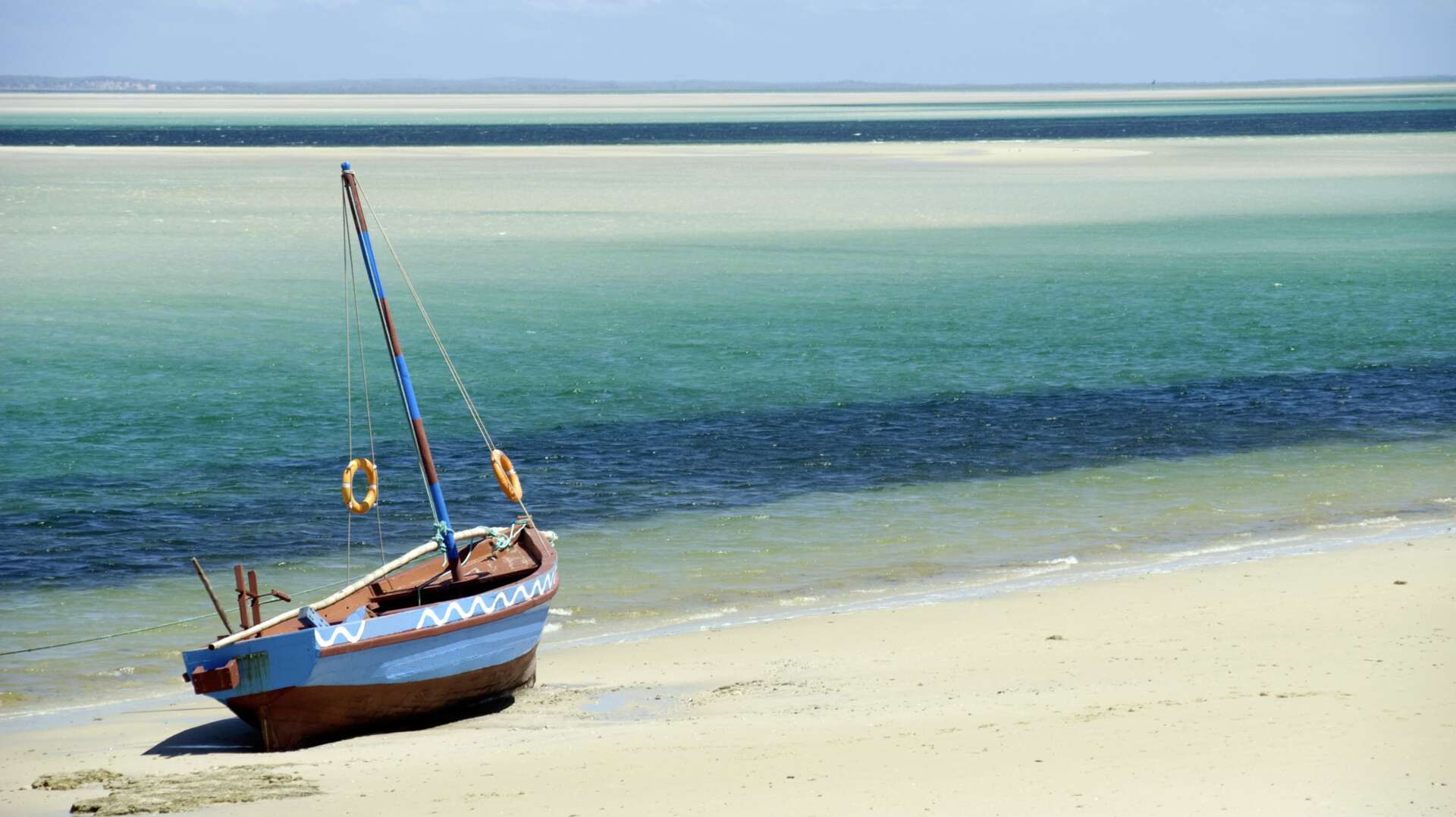
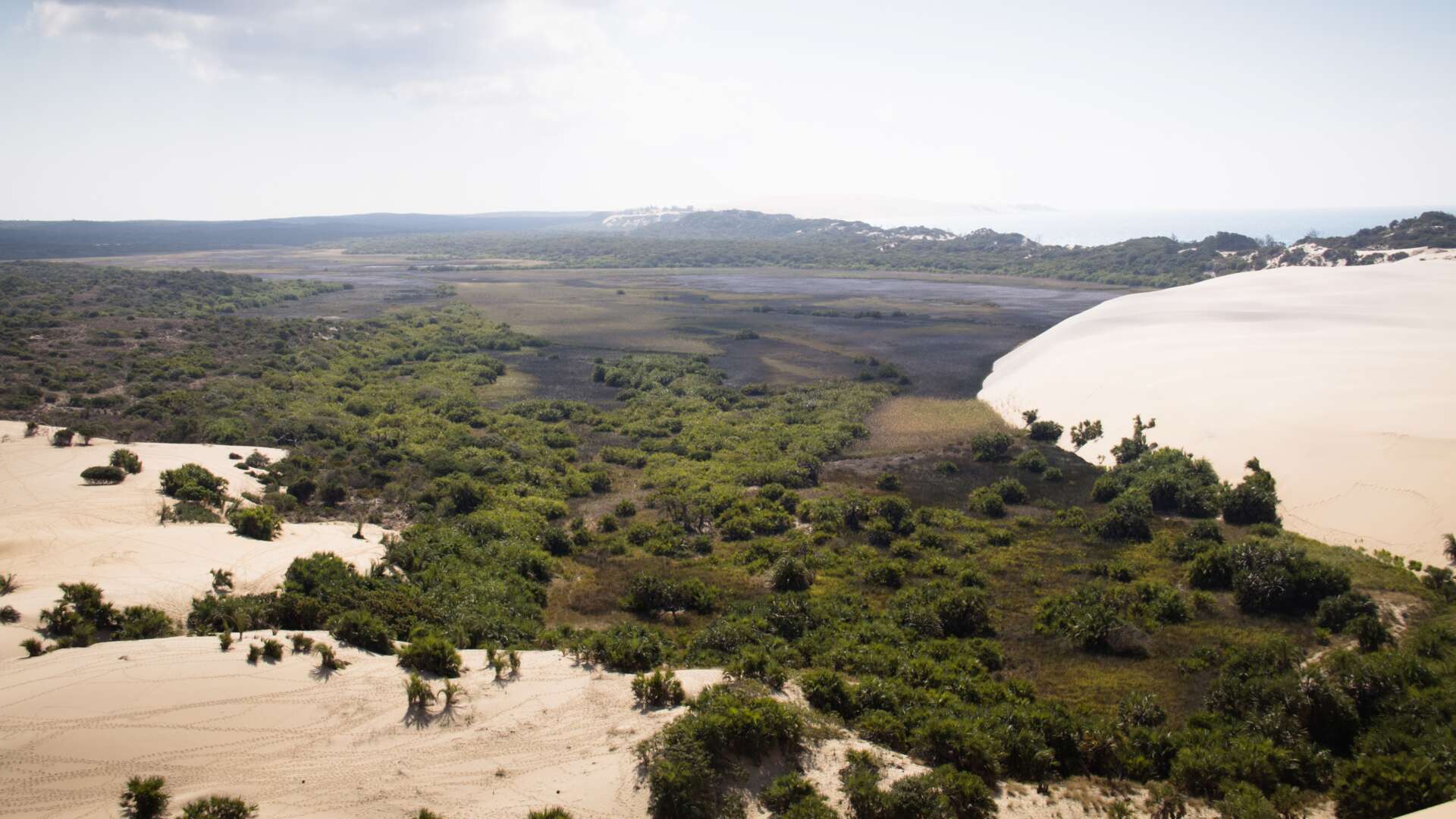
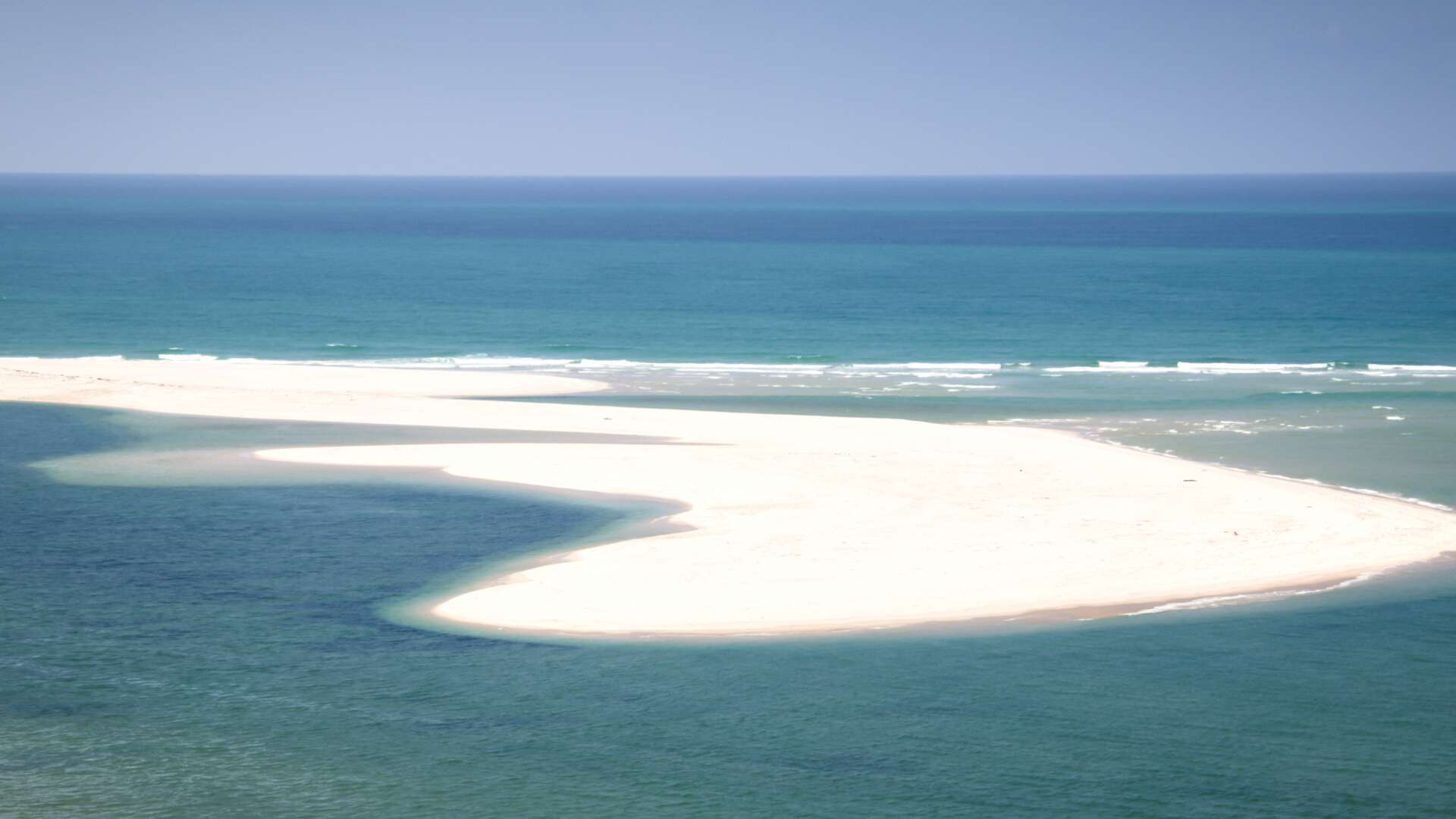
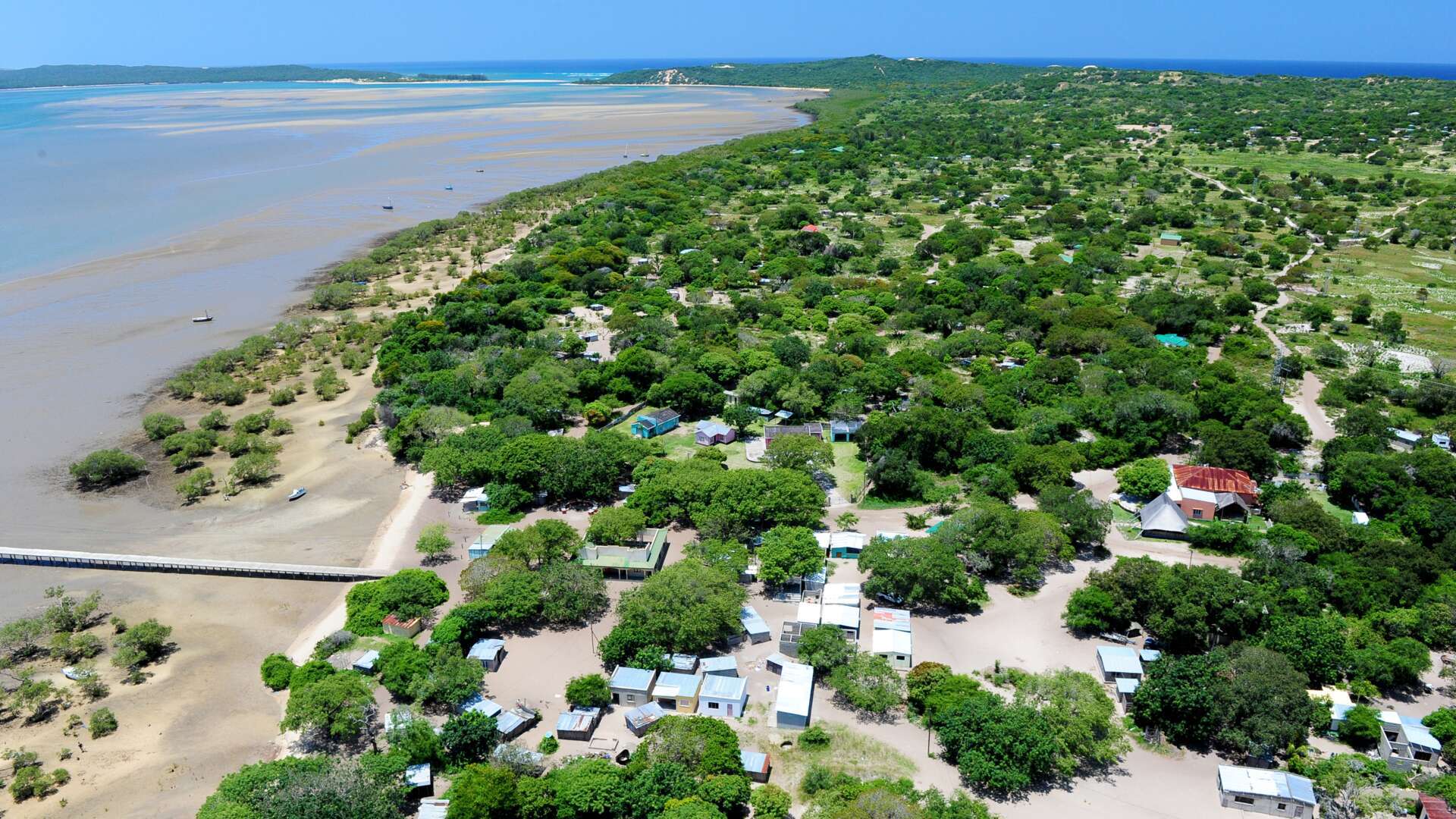
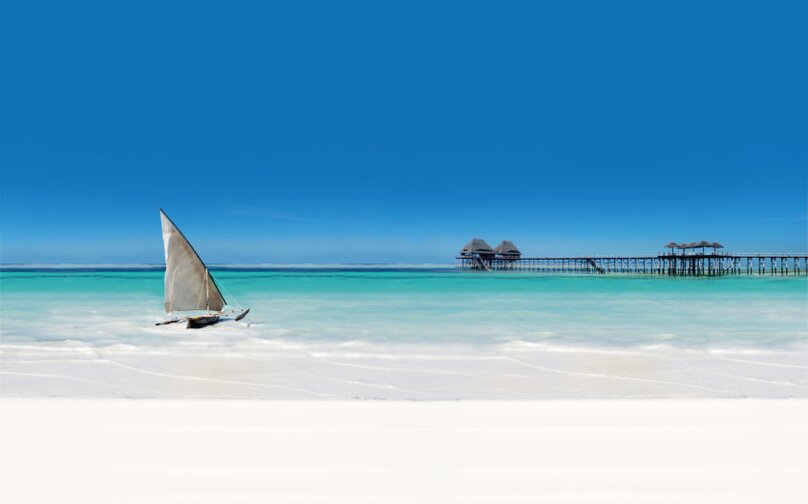
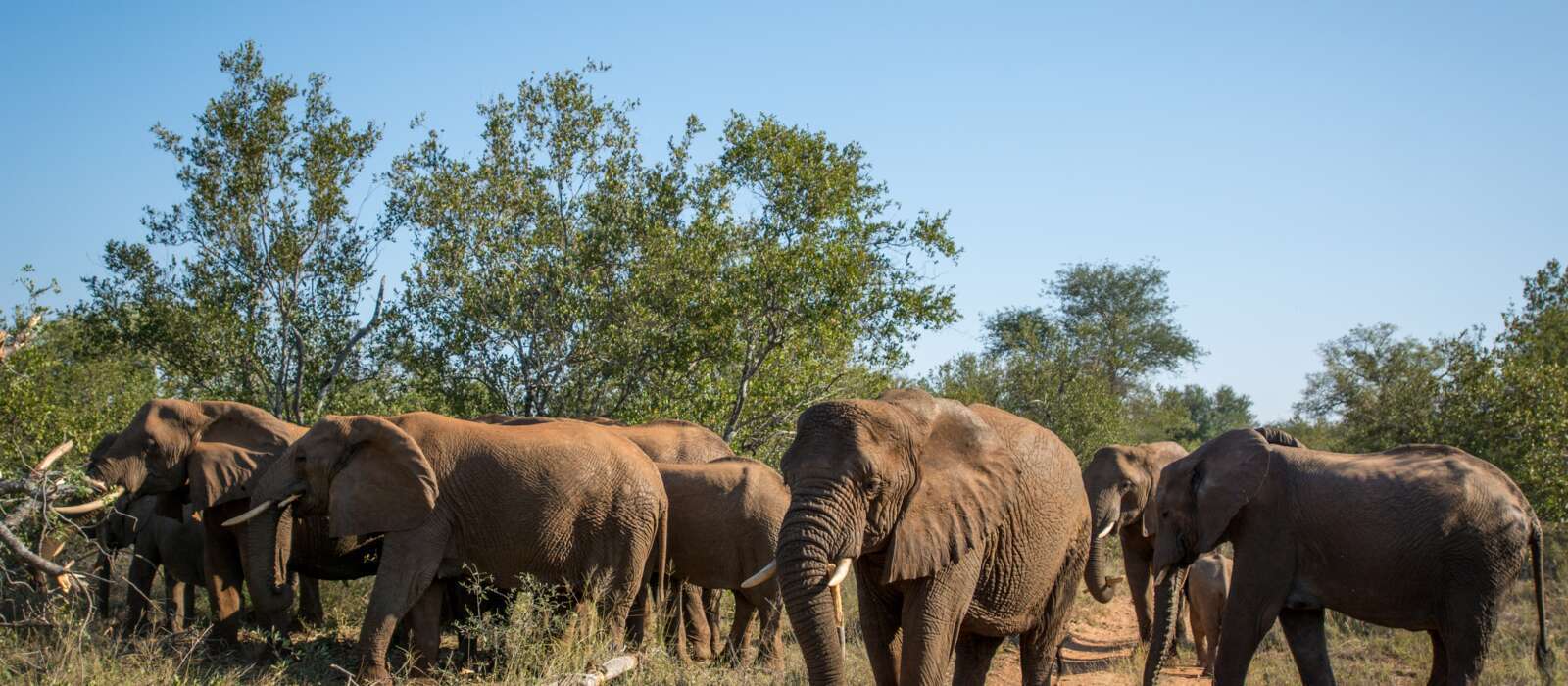

_w=24_h=25.webp?v=afcf7f048304db5a883b6c863bf93cd5a6af4630)
_w=24_h=25.webp?v=afcf7f048304db5a883b6c863bf93cd5a6af4630)
_w=24_h=25.webp?v=afcf7f048304db5a883b6c863bf93cd5a6af4630)